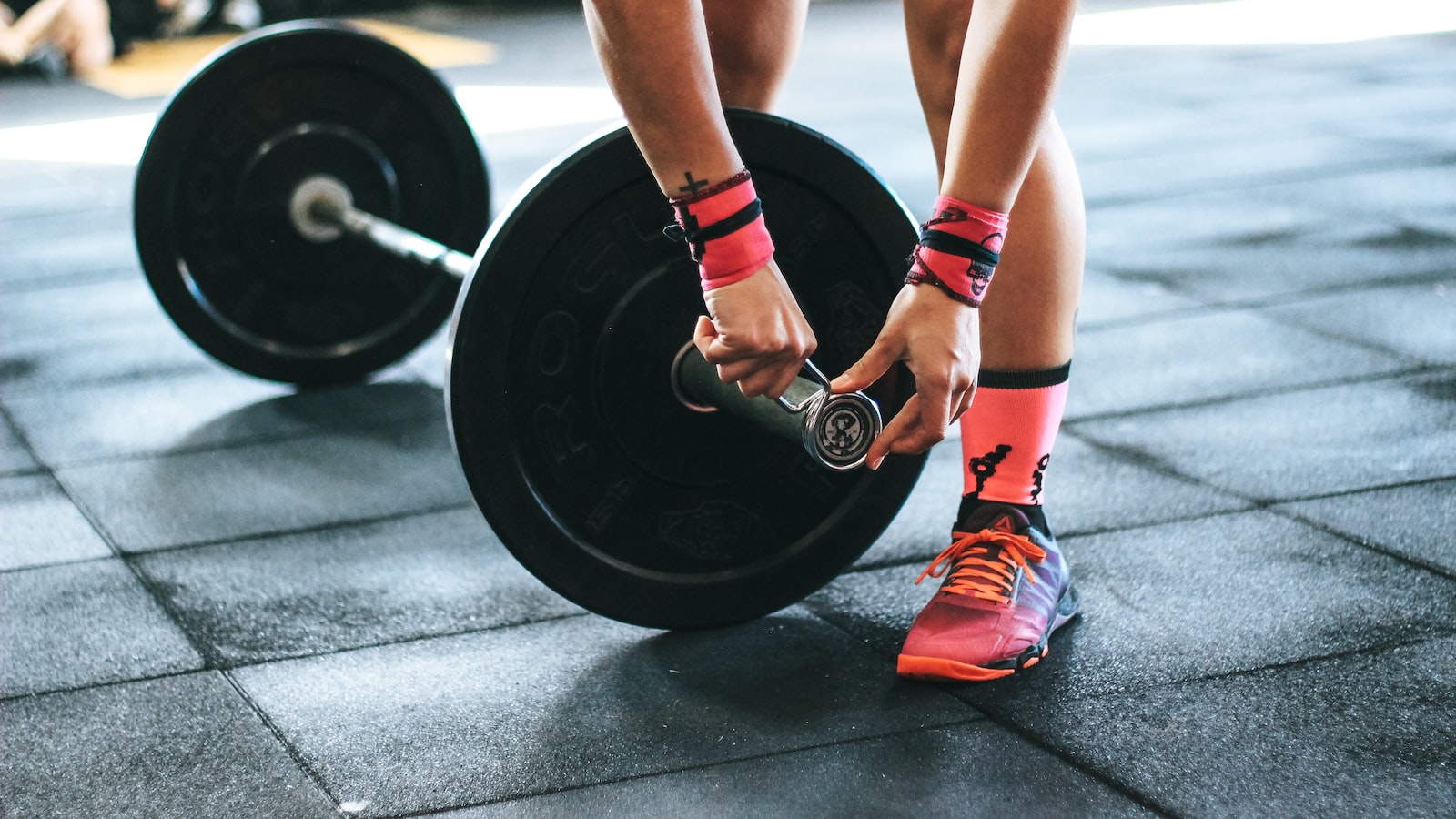It’s a familiar dilemma: we know that eating healthily is good for us, but the thought of all those low-carb meals can be a little daunting. You don’t have to give up delicious food and tasty treats in the pursuit of a healthy diet. With a low-carb meal plan, you can fuel up with healthy and delicious meals that won’t leave you feeling hungry. Read on to learn how to create the perfect low-carb meal plan.
1. Kickstarting Your Low-Carb Lifestyle
Making a lifestyle change can be daunting – but it doesn’t have to be.
Starting a low-carb lifestyle may seem intimidating, but it’s easier than you think. All it takes is a bit of knowledge and planning! Here’s how to kickstart your low-carb journey:
- Remove all high-carb foods from your house – processed snacks, bread, pasta, sugary drinks, have no place in a low-carb diet. Get rid of anything that doesn’t support your goals at home.
- Fill your fridge with healthier options – think fresh vegetables and proteins such as lean meats, fish, eggs, nuts and seeds, and plant-based proteins like legumes, tempeh and tofu.
- Set achievable and realistic goals – making an unrealistic diet or exercise goal will only set you back. Start with smaller actions that you can successfully achieve, such as drinking more water and going for a quick walk.
Don’t forget that everybody reacts differently to a low-carb diet – it might take some trial and error to find what works best for you. With a bit of commitment, you’ll be well on your way to a healthier lifestyle.

2. Planning Your Carb Intake for Success
If you are looking to make serious progress with your health and fitness, making sure that you are eating the right amount of carbohydrates is an essential part of the equation. Here are a few tips to help you get the most from your carb intake:
- Pay attention to your overall energy level: Finding the right balance between carbs and other macronutrients can help keep you energized and motivated throughout the day.
- Choose healthy sources of carbs: Swap sugary treats like candy and desserts for complex carbs like brown rice, quinoa, oatmeal and sweet potatoes.
- Know when to eat carbs: Consuming carbs around your workout can help refuel and replenish your muscles.
When it comes to achieving your fitness goals, proper carb intake is an essential component. To get the most out of your efforts, planning and tracking your carb intake is key. Pay attention to the quality of the carbs you eat and adjust accordingly to reach the desired results.

3. Power Up with Low-Carb Protein Choices
When it comes to cutting carbs without compromising on nutrition or flavour, the key lies in smart protein choices. Here are some easy-to-find, low-carb sources of protein for powering up your menu:
- Eggs: Rich in vitamins, minerals, healthy fats, and high-quality protein, eggs are a powerhouse of nutrition. Plus, their neutral flavour pairs perfectly with almost any food.
- Organic Chicken: Low in saturated fat and high in vitamin B12 and phosphorus, organic chicken is a great way to add protein to a meal. Plus, it’s an incredibly versatile ingredient.
- Wild Fish & Seafood: Most types of seafood are low in carbohydrates and calories, making them a great way to get essential Omega-3 fatty acids, vitamins, and proteins while cutting carbs. Wild fish does have more mercury, so make sure to opt for sustainable sources.
Are you feeling overwhelmed by all the healthy, low-carb options out there? Don’t worry – you don’t need to stick to boring proteins. There are plenty of delicious ways to jazz up routine dishes. Try adding fresh herbs and spices, trying a new marinade or sauce, or finding new recipes. Have fun, and remember to always keep your meal full of healthy, low-carb proteins!
4. Vegetables for Meeting Your Carb Goals
Eating vegetables can help you meet your carb goals for the day. Depending on the amount of carbs you’re trying to consume, there’s a bunch of different vegetables that can give you the perfect amount. Here’s a list of veggie-filled options.
- Squash: Squash is an excellent source of complex carbs that’s low in calories and helps maintain blood sugar levels. Use it as a side, stuff it with proteins and spices for a main course, or even make squash-based desserts.
- Carrots: Carrots are most famous for being a crunchy snack option packed with vitamins, yet they also can give you a moderate dose of carbs. Slice up a few and snack on them raw or add them to smoothies.
- Sweet Potatoes: Sweet potatoes are higher in carbs than regular potatoes, but the extra carbs come in the form of complex carbohydrates and fiber. Try swapping out regular potatoes for sweet potatoes in your next baking or roasting project.
When shopping for veggies, keep in mind that fresh vegetables tend to have more nutrients than frozen or canned. When you buy canned goods, always read the label to make sure they don’t contain added fats, sugars, and sodium.
With the right vegetable-focused recipes, you can hit your carb goals while still maintaining a healthy and balanced diet. Reach out to a nutritionist to discuss how many carbs you should be eating and what types are best for you.
5. A Balanced Diet Employing Healthy Carbs
Including healthy carbs in our diet can have a number of positive effects on our bodies. We may experience increased energy, as well as a feeling of satiation.
Here are some great elements of carbs to include in your diet:
- Whole grains, such as oats, brown rice, and quinoa
- Legumes, such as lentils, beans, and peas
- Starchy vegetables, such as sweet potatoes, corn, and peas
- Fruit, such as apples, oranges, and pears
Eating a balanced diet including these elements is an excellent way to gain the nutrients and minerals we need. Not only will this help us feel full and energized, but can provide us with a range of health benefits. Fibre, vitamins, and minerals found in foods such as legumes and whole grains can assist in keeping our bodies functioning at their best.
6. Fueling Up with Minerals and Vitamins
Your body needs all of the minerals and vitamins it can get in order to properly intake energy, which is an essential part of a healthy lifestyle. Taking on the right minerals and vitamins daily makes a huge difference in your overall health and could be the difference between coming up short on your goals or soaring ahead.
With all the options out there, it can be intimidating when it comes to finding the right supplements for you. Below are some basics that could help you jumpstart your intake of these valuable minerals and vitamins:
- Vitamins A, B, C, D, and E – These are essential vitamins needed by your body for energy, metabolism and a ton of other processes necessary for daily activity and overall health.
- Calcium – Calcium proficiently helps to build and preserve bone strength. It likewise ensures muscles and nerves which help in the regulation of the heart.
- Magnesium – Magnesium plays a critical role in energy production within your cells, as well as healthy metabolism. Many people who lack magnesium can take a supplement to bridge the gap.
- Iron – Aside from helping the body transport oxygen through the blood, Iron is believed to be a key mineral responsible for providing energy.
Minerals and vitamins form the foundation of your nutrition and energy intake, so be sure to eat foods that contain these elements to properly fuel your day. Start including more nutrient-dense sources into your diet like nuts, dairy products, and green veggies. Or you could consider taking multivitamin supplements. Do what suits you best, but make sure to get your vitamins and minerals!
Fueling up on wholesome, low-carb meals doesn’t have to be difficult or expensive – just use some imagination and good sense! With some careful planning and a few clever substitutions, you can create delicious low-carb dishes that are healthy and satisfying. Bon appétit!
